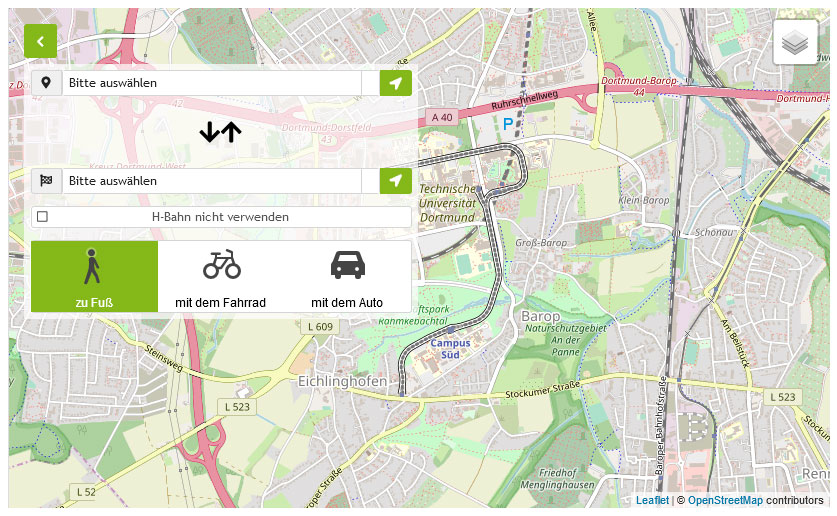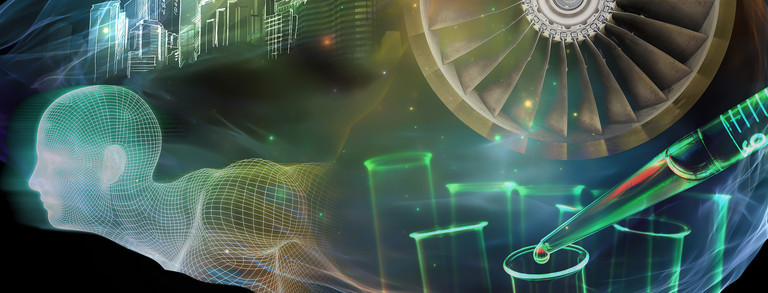ARCO-CRYSTAL: Adaptive Robust Predictive Control of Continuous Slug Flow Cooling Crystallization
| Subject area | Chemical and Thermal Process Engineering Automation, Control Systems, Robotics, Mechatronics, Cyber Physical Systems |
| Term | since 2022 |
| Funding | Deutsche Forschungsgemeinschaft (DFG) |
Project description
Cooling crystallization is a widely used technology to produce a particulate product with desired quality attributes such as particle size and its distribution. Batch operation is currently still the standard for industrial crystallization. Continuous crystallizers are promising in terms of lower investment, operating costs, better control, and higher flexibility, especially for specialty chemicals or active pharmaceutical ingredients (API) with low production volumes. There are a large number of products in this category as, for example, more than 90 % of APIs are crystalline organic compounds with a small production rate of 250 to 1000 kg/a. Small-scale continuous crystallization faces some important challenges that are addressed in this project, such as the extremely small flow rates (10-100 ml/min) that are often associated with undesirable fouling or the difficulty to perform online measurements that allow autonomous high performance operation. Innovative tubular crystallizers have been developed to enable these small flow rates, including the slug flow crystallizer. Here, crystallization takes place in a small tube through a segmented air/liquid flow with high process and material efficiency. However, the challenge of fouling remains here as well. In addition, due to the lack of process analytical technologies for real-time small-scale applications and the current low availability of model-based methods for continuous crystallization, fully autonomous operation is not possible, which prevents the applicability of small-scale continuous crystallization in the industrial field. Therefore, the main goal of ARCO-CRYSTAL is to achieve autonomous process control of continuous slug flow cooling crystallization that enables precise narrow particle size distribution and high process yield while preventing unwanted fouling. To achieve this within the project, the following objectives will be pursued: (1) develop an online measurement of particle size distribution and fouling detection, (2) develop a process model, including a physics-based population balance model for particle size distribution and a data-based model for fouling, and (3) implement a model predictive control algorithm that accounts for uncertainties and process constraints. The main outcome of this interdisciplinary project will be the demonstration of an adaptive and robust process control strategy at the laboratory facility, supported by novel sensor technologies to ensure autonomous operation.


